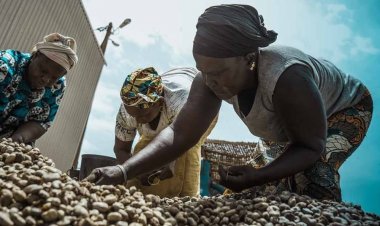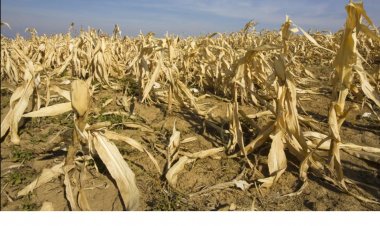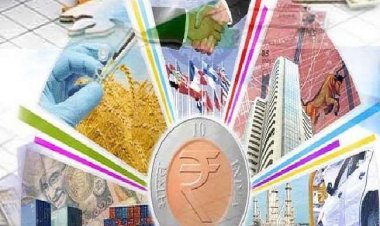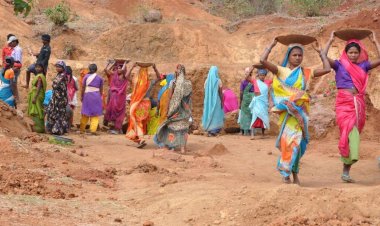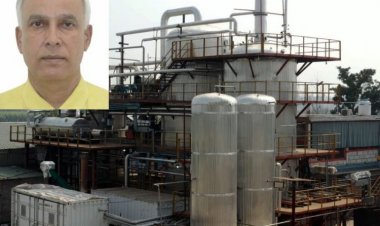UN report predicts 6.7 per cent GDP growth for India in 2022
According to the United Nations World Economic Situation and Prospects (WESP) 2022, which was launched on January 14, the recovery in East and South Asia remains moderately robust. In India, the recovery is on a solid path, amid rapid vaccination progress, less stringent social restrictions, and still supportive fiscal and monetary stances. GDP is projected to expand by 6.7 per cent in 2022, after an expansion of 9.0 per cent in 2021.
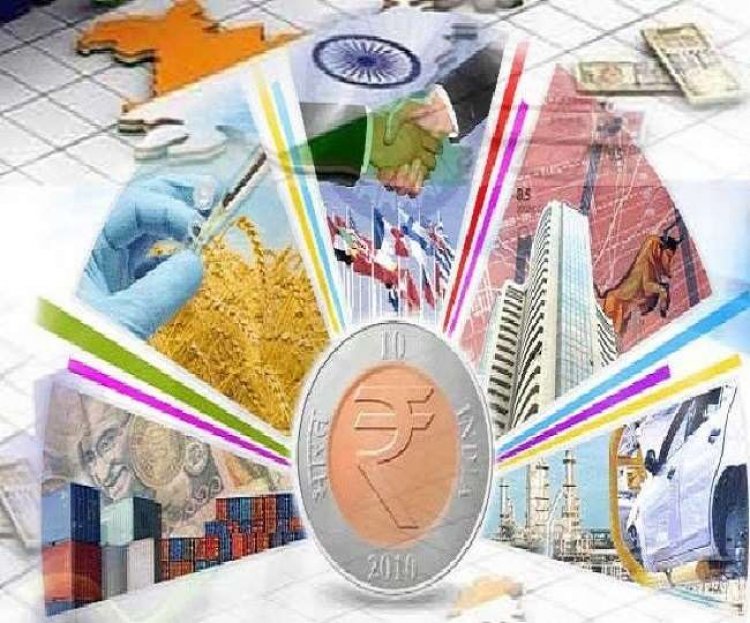
Bangkok
According to the United Nations World Economic Situation and Prospects (WESP) 2022, which was launched on January 14, the recovery in East and South Asia remains moderately robust. In India, the recovery is on a solid path, amid rapid vaccination progress, less stringent social restrictions, and still supportive fiscal and monetary stances. GDP is projected to expand by 6.7 per cent in 2022, after an expansion of 9.0 per cent in 2021.
The report notes that the global economic recovery is facing significant headwinds amid new waves of COVID-19 infections, persistent labour market challenges, lingering supply-chain challenges and rising inflationary pressures. After expanding by 5.5 per cent in 2021, the global output is projected to grow by only 4.0 per cent in 2022 and 3.5 per cent in 2023.
“Without a coordinated and sustained global approach to contain COVID-19 that includes universal access to vaccines, the pandemic will continue to pose the greatest risk to an inclusive and sustainable recovery of the world economy,” noted Liu Zhenmin, Under-Secretary-General of the United Nations Department of Economic and Social Affairs.
Growth prospects in East and South Asia
The headline GDP growth in East Asia is estimated at 6.7 per cent in 2021 and projected at 4.9 per cent in 2022. East Asian economies have rebounded from the worst of the pandemic, supported by strong policy stimulus and external demand. However, the growth is projected to moderate, as slow recovery of labour markets weighs on consumption and exports growth slows down. Subdued inflation and still low public debt levels offer room for policymakers to continue accommodative monetary and fiscal policies.
China’s economy is projected to expand by 5.2 per cent in 2022, following an estimated expansion of 7.8 per cent in 2021. Rapid recovery in the first half of 2021 has lost momentum amid new waves of COVID-19 infections and policy-induced cooling of the property market. China’s transition towards consumption-driven development and a low-carbon economy is expected to lead to slower but more sustainable growth, the Report noted.
The recovery sustains its momentum in South Asia, amid contained COVID-19 infections, robust remittance inflows, and broadly supportive policy stances. After an estimated expansion of 7.4 per cent in 2021, regional GDP is projected to expand at a more moderate pace of 5.9 per cent in 2022. The recovery, however, is still fragile and uneven. A sustained recovery in economic activity and employment moving forward may prove challenging, as monetary and fiscal policy space become more constrained.
Although the UN WESP 2022 paints a positive picture of growth in India with robust export growth and public investments, it also sounds a note of caution: high oil prices and coal shortages could put the brakes on economic activity in the near term. It will remain crucial to encourage private investment to support inclusive growth beyond the recovery. The Report, however, appreciates that India has taken an important step by committing to 50 per cent of its energy mix coming from renewable sources by 2030 and to reaching net-zero emissions by 2070.
Downside risks
Global growth prospects face major risks. New waves of infections and the emergence of new variants of the COVID-19 virus threaten recovery. The lingering pandemic entails other risks including prolonged supply-chain disruptions and rising inflation. A faster-than-anticipated tightening of global financial conditions could also raise concerns on financial stability, including the risk of debt distress.
East and South Asian economies are also vulnerable to the uncertainties and risks imposed by the pandemic, especially those countries with low vaccination rates. In addition, accelerated global monetary tightening could increase volatility, trigger capital outflows and disrupt credit growth, especially in countries with elevated debt and large financing needs.
South Asia faces major downside risks. Relatively slow vaccination progress leaves the region vulnerable to new variants and recurrent outbreaks. Financial constraints and an inadequate global vaccine supply continue to drag down full recovery in some countries. As of early December 2021, Bangladesh, Nepal and Pakistan had less than 26 per cent of their populations fully vaccinated. By contrast, the fully vaccinated population is above 64 per cent in Bhutan, Maldives and Sri Lanka. In India, a deadly wave of infection with the Delta variant stole 240,000 lives between April and June and disrupted economic recovery. Similar episodes could take place in the near term.
While still vulnerable, India is in a better position to navigate financial turbulence compared to its situation in the aftermath of the 2008-2009 global financial crisis. This is due to a stronger external position and measures to minimize risks to bank balance sheets. In the medium-term, scarring effects from higher public and private debt or permanent impacts on labour markets could reduce potential growth and prospects for poverty reduction.



 Join the RuralVoice whatsapp group
Join the RuralVoice whatsapp group



















